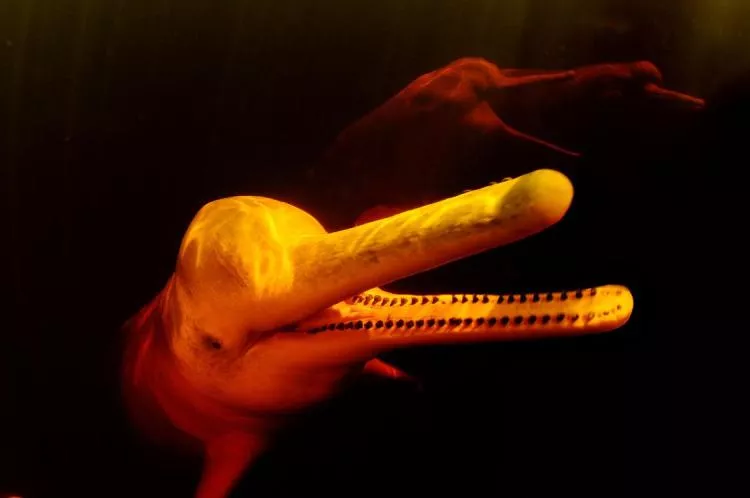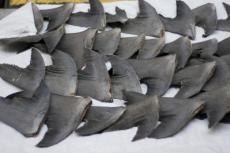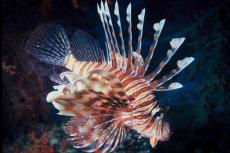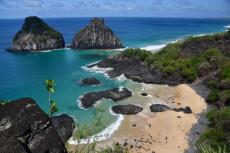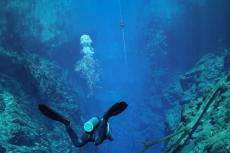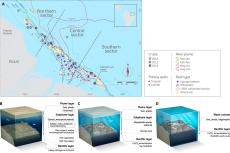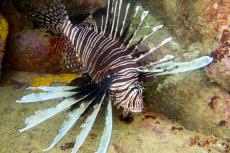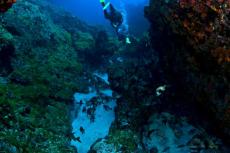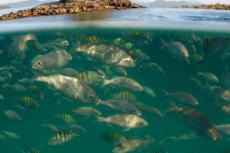Amazonian river dolphins killed by severe drought
Severe drought and unprecedented heatwaves are believed to be behind the recent deaths of 120 Amazon river dolphins.
The Amazon River Basin, known for its rich biodiversity, has witnessed a tragic event. Over the past week, 120 river dolphin carcasses have been discovered floating in its tributaries. Experts suspect that the severe drought and extreme heat are the culprits behind this mass mortality.
Dolphin Discovery
The carcasses of these dolphins were discovered floating in a tributary of the Amazon River in Brazil. The Mamiraua Institute, a renowned research group, reported that two additional dolphins were found dead near Tefe Lake.
Cause of Death
While the exact cause remains uncertain, high water temperatures are the primary suspect. The Tefe Lake region has experienced temperatures surpassing 39°C (102°F) since last week. Alongside the dolphins, thousands of fish have also perished. Miriam Marmontel, a researcher at the Mamiraua Institute, highlighted the significance of the loss, especially for the pink dolphins, which could represent 10% of their estimated population in Lake Tefe.

Unique Species at Risk
The Amazon river dolphins are a unique species found only in South American rivers and are among the last freshwater dolphin species in the world. Their vulnerability is heightened due to their slow reproductive cycles.
Their habitats are increasingly under threat from deforestation and development projects. The construction of dams, for instance, can drastically change the river's flow and water quality.
Additionally, the rivers they call home are often contaminated by chemical pollutants from agricultural activities, mining, and urban runoff. This pollution poses significant health risks to the dolphins.
Fishing activities present another danger. Dolphins often find themselves entangled in fishing nets and gear, resulting in injuries or even death. Some local fishermen, viewing the dolphins as rivals for fish, might intentionally harm them. They are also targeted for use as bait in specific fisheries.
The rise in boat traffic in these rivers has led to an increase in unfortunate collisions with these aquatic mammals, causing further harm. Recent extreme weather events, likely influenced by climate change, such as droughts and heatwaves, have created unfavorable conditions for the dolphins.
Disease outbreaks, potentially worsened by environmental factors or pollution, have also been responsible for mass dolphin deaths. In certain areas, hunting remains a threat, with dolphins being targeted for their meat and oil.
Furthermore, overfishing and other changes in the river ecosystem can deplete the fish populations, which are the primary food source for the dolphins.
To ensure the survival and well-being of the Amazon river dolphins, a comprehensive approach is essential. This approach should address all the aforementioned threats and prioritize the conservation of their natural habitats.


